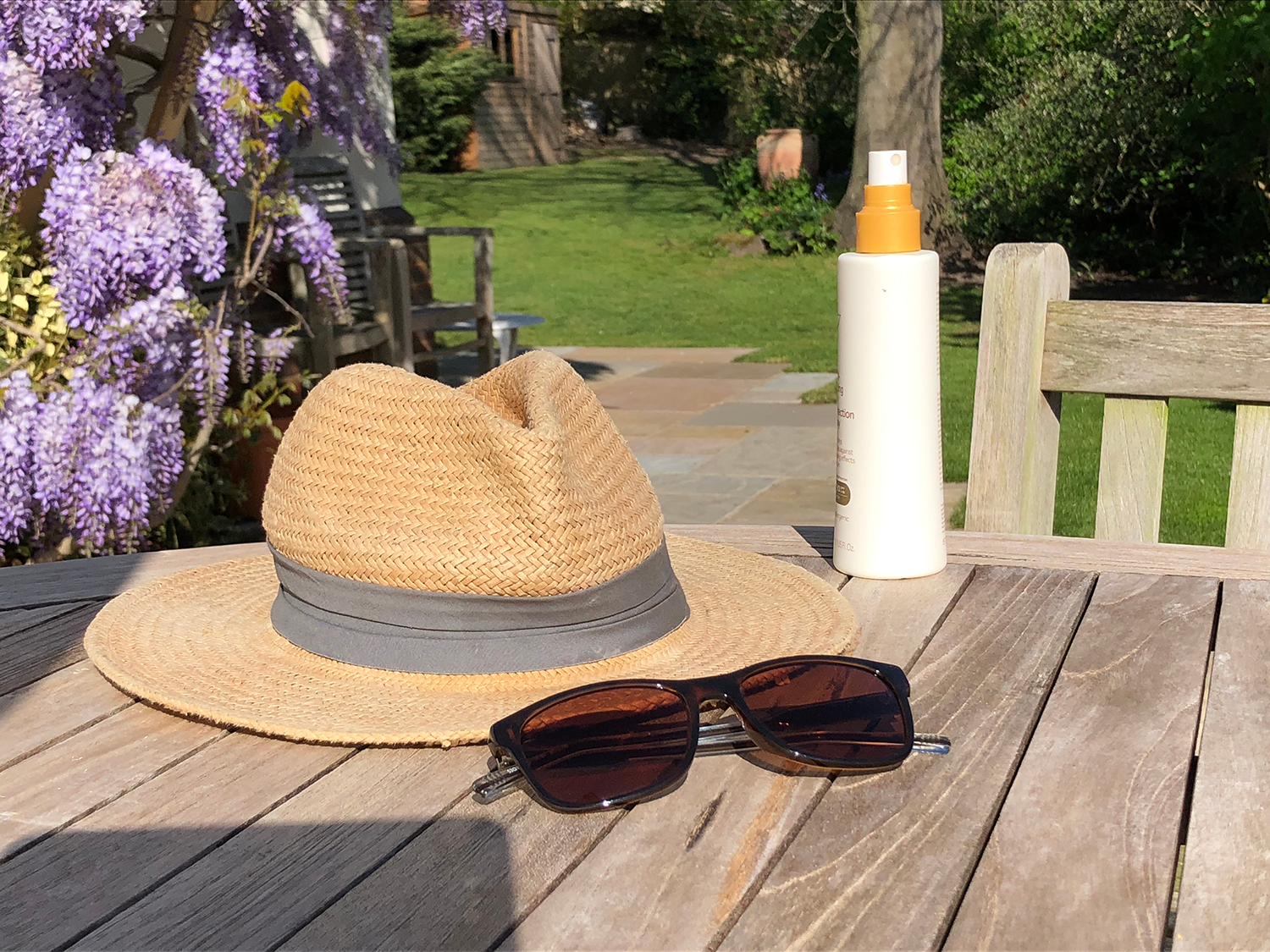Sun safety
Published on: 4 May 2020Some treatments for lymphoma can make your skin more sensitive to sunlight (photosensitive). This includes radiotherapy and some chemotherapy drugs, including dacarbazine, methotrexate and vinblastine.

While the government advises us to follow social distancing measures, time outdoors might seem even more valuable. For those who are shielding, government guidance allows you to spend time in a private garden if you have one, as long as you stay at least 2 metres away from other people. With the warmer season upon us, it’s important to stay safe in the sun, even on cloudy days, and protect yourself from the effects of ultraviolet (UV) rays.
What are ultraviolet (UV) rays?
UV rays in sunlight consist of UVA and UVB. UVA rays stay at equal levels throughout the year; whereas UVB rays are at their most intense during the summer, around midday and at high altitude. It’s UVB that causes sunburn.
How can I protect myself from the effects of the sun?
The tips below are aimed to help you stay safe in the sun, and are especially important to follow after treatment for lymphoma.
- Avoid being in the sun when the rays are at their strongest, generally between 11am and 3pm.
- Use a sunscreen with a 'sun protection factor' (SPF) of 30 or higher and choose one that protects against both UVB and UVA rays. The SPF is the level of protection against UVB, while the stars on the bottle (1 to 5) show the level of protection against UVA.
- Wear a wide-brimmed hat to cover your scalp, neck and ears.
- Cover your skin with clothes such as long-sleeved shirts and trousers.
- Wear sunglasses that have a guaranteed UV light filter.
Each year, the British Association of Dermatologists runs a national campaign about sun safety, which includes ‘sun awareness week’. This year, it takes place from 4 to 10 May.
Cancer Research UK has more information about sun, UV and cancer.
May 2020
